An excerpt from “Lincoln and the Irish: The Untold Story of How the Irish Helped Abraham Lincoln Save the Union,” by Irish America publisher, Niall O’Dowd.
By 1856, the Whig party Lincoln belonged to had destroyed itself over slavery and the violence of the Know-Nothings, an extremist group of nativists with a deep hatred of immigrants and Catholics that existed as an independent force but who were much closer to the Whigs and later the new Republican Party.
Lincoln by then was well steeped in Irish culture, history, and politics. It was one reason he would have no truck with the Nativists and the Know-Nothings. His favorite ballad as a young man was titled “The Lament of the Irish Emigrant,” set to music. It is an elegy for a young girl, Mary, who died of starvation during the Famine.
We also know Lincoln contributed $10 to Famine relief, the equivalent of $500 today. His contribution came after a 1847 mass meeting in Washington to raise money for Ireland. He urged that every American state should follow suit.
The Washington meeting was attended by many politicians. Letters were read from Ireland, including one from the women of Dunmanway in County Cork. Addressed to the Ladies of America, it read, “Oh that our American sisters could see the laborers on our roads, able-bodied men, scarcely clad, famished with hunger, with despair in their once-cheerful faces, staggering at their work. . . .Oh that they could see the dead father, mother, or child, lying coffin-less, and hear the screams of the survivors around them, caused not by sorrow, but by the agony of hunger.”
Professor Christine Kinealy, Director of the Great Hunger Institute at Quinnipiac University in Connecticut, rates Lincoln’s contribution to famine relief highly.
“This was back in 1847, when Lincoln was only a newly elected politician to the House of Representatives. It was an insubstantial sum from an unimportant figure at the time, but it is retrospectively very interesting,” the Trinity College graduate stated.
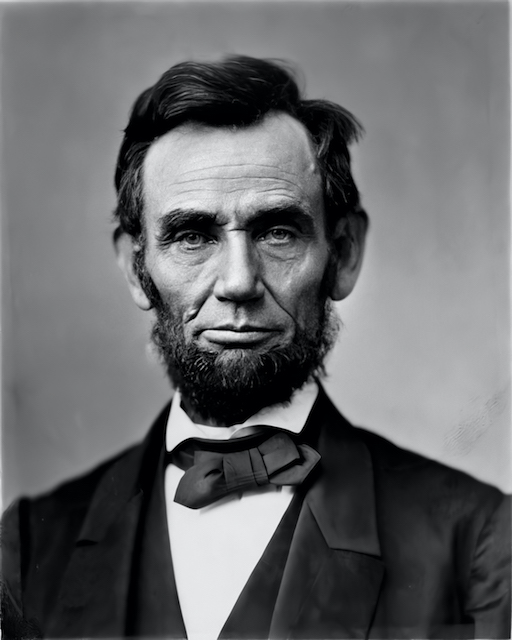
Kinealy asserts that this donation was not out of character for Lincoln, who had a lifelong rapport with the Irish.
“I suppose Lincoln always had a great affinity for the Irish and their plight. He knew and recited Robert Emmet’s speech from the dock and his favorite ballad was Lady Dufferin’s poem ‘The Lament of the Irish Emigrant’ set to music.”
Perhaps it was the poignant lyrics of that song that inspired the generous donation. A verse runs:
I thank you for the patient smile When your heart was fit to break, When the hunger pain was gnawin’ there, And you hid it, for my sake! I bless you for the pleasant word, When your heart was sad and sore— O, I’m thankful you are gone, Mary, Where grief can’t reach you more!
Lincoln didn’t just absorb the maudlin side of the Irish. He also told Irish jokes, gently poking fun without any real malice.
Lincoln may also have gotten his Irish affinity from his first schoolmaster Zachariah Riney, an Irish Catholic who Lincoln subsequently held in very great respect. According to the oral history of the Rineys of Kentucky, four Riney brothers emigrated from County Kerry, Ireland, in the late 1700’s. These four brothers were probably James, John, Thomas, and Jonathan, a Revolutionary War soldier. Many of the Rineys migrated to Kentucky. Thomas was the father of Zachariah Riney, the first schoolteacher of Abraham Lincoln.
Riney insisted on correct spellings but also, with the older boys, distilling sentences down so that the bare minimum of words sufficed. Some historians have credited Riney with Lincoln’s uncanny ability, as with the Gettysburg Address, to distill profound thoughts into such simple sentences.
But despite the help of the much-respected Irish American schoolteacher and the immediate Irish connections through domestic help and a cultural affinity, there were deep and very strongly held differences between Lincoln and the Irish.
During his early political battles, Lincoln could often be ambivalent about them. They favored the Democrats and were hostile to his Republican party. There were many in his own party who despised them.
In the twenty years before the Civil War, four million people from Europe emigrated. It was the Irish, fleeing the Famine, who made up the largest numbers, and their massive influx right at the time that Lincoln was shaping his political career presented formidable problems to him. With an alien culture and religion, and arriving in terrible straits after the dreadful impact of the Famine, the Irish were ripe for sparking a wave of nativism.
The Know-Nothings were born and quickly became identified with the fledgling Republican Party and, by association, with Lincoln. Their aim was simple – to rid America of the despised foreigners. They believed the Irish in particular paid allegiance to the pope and not to their new country, and they made a compact to destroy them.
The intensity of the hatred of Irish immigrants can be gauged by what happened in Louisville on August 5, 1855, in Lincoln’s home state where, urged on by rabble-rousing newspaper editor George Prentice, the Know-Nothing mob descended on a shanty Irish neighborhood.
Prentice called the Irish and German the “most pestilent influence of the foreign swarms,” loyal to a pope he called “an inflated Italian despot who keeps people kissing his toes all day.”
The bigotry, raw even for its time, of Prentice’s comments inflamed the mob, who were determined to stop Irish and German Catholics from voting. What happened next became known as “Bloody Monday,” with estimates ranging from twenty-two to one hundred Irish slaughtered, many as they tried to escape being burnt alive.
An editorial in the Louisville Daily Journal entitled “Bloody Work” revisited the terrible events:
After dusk, a row of frame houses on Main Street between Tenth and Eleventh, the property of Mr. Quinn, a well-known Irishman, was set on fire. The flames extended across the street and twelve buildings were destroyed. These houses were chiefly tenanted by Irish, and upon any of the tenants venturing out to escape the flames, they were immediately shot down. No idea could be formed on the number killed. We are advised that five men were roasted to death, having been so badly wounded by gunshot wounds that they could not escape from the burning buildings.
Of all the enormities and outrages committed by the American Party (the official name for the Know-Nothings) yesterday and last night, we have not time now to write.
Upon the proceedings of yesterday and last night we have no time, nor heart, now to comment. We are sickened with the very thought of the men murdered, and houses burned and pillaged, that signalized the American victory yesterday.
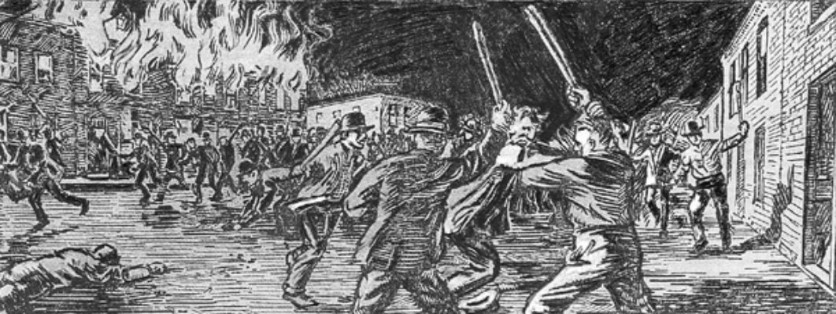
Similar Know-Nothing riots had taken place in Philadelphia, leaving fourteen dead and the destruction of two Catholic churches and neighborhoods. The Philadelphia Nativist Riots took place in 1844 between May 6 and 8, and July 6 and 7. The riots were the result of a rumor that Catholics were trying to remove the Bible from public schools.
The connection between the Know-Nothings and the fledgling Republican Party was well known to the Irish. The paradox was that many Republicans were both nativist and anti-slavery. But hatred of Irish Catholics topped their list. In order to be a member of the Know-Nothing Party, one had to meet the following criteria: be twenty-one years of age, believe in God, be a native-born Protestant American, be raised a Protestant, and never marry a Catholic.
One Know-Nothing summarized the issue: “[In order to protect our country, we will hire only those not under] . . . the insidious policy of the Church of Rome, and [avoid] all other foreign influences against the institutions of our country, by placing in all offices . . . whether by election or appointment, none but native-born Protestant citizens.”
Even though the Know-Nothing Party denounced all immigrants, it especially hated Irish Catholics. Their credo was very similar to that of the Orange Order.
On August 24, 1855, in the wake of the killings in Louisville on Bloody Monday, Lincoln wrote to his close friend Joshua Speed, who had asked his opinion on the Know-Nothings. Lincoln could not have been clearer:
I am not a Know-Nothing. That is certain. How could I be? How can anyone who abhors the oppression of negroes, be in favor of degrading classes of white people?
Our progress in degeneracy appears to me to be pretty rapid. As a nation, we begin by declaring that “all men are created equal.” We now practically read it “all men are created equal, except negroes.” When the Know-Nothings get control, it will read “all men are created equal, except negroes, and foreigners, and Catholics.”
When it comes to this I should prefer emigrating to some country where they make no pretense of loving liberty – to Russia, for instance, where despotism can be taken pure, and without the base alloy of hypocrisy [sic] those and foreigners, and Catholics.
It was a remarkable stance for the time, and the total opposite of many in the new Republican Party he had just helped create.
Exactly how despised the Irish were among close associates was revealed by the comments of Herndon, Lincoln’s law partner and biographer. He suspected gangs of Irish were being paid to stuff ballot boxes. In a rage, he called them “Wandering, roving, robbing, Irish. Robbing, bloated, pockmarked Catholic Irish.”
Herndon had to admit Lincoln himself did not feel that way about the Irish. Lincoln, he said, “had no prejudices against any class, . . . tolerating – as I never could – even the Irish.”
Casual anti-Irish sentiment was rampant. Sullivan Ballou, a Union soldier whose celebrated letters to his wife Sarah formed a major centerpiece of the groundbreaking Ken Burns PBS history on the Civil War, was downright racist in a letter to Sarah that was quite different in tone to the warm and fuzzy love letters.
Marching through Virginia on July 19,1861, he wrote, “We can get nothing from the people here, they are all against us. They all live miserably, I think, and the slaves are to me more filthy than our Irish.”

(Photo: Alexander Gardner /Wikimedia Commons)
The much beloved author of Little Women, Louisa May Alcott, was scathing about the “incapable” Irish and happily used a “No Irish Need Apply” addendum on her help-wanted ads.
Massachusetts was the hotbed of the Know-Nothings, the state where the most destitute Irish were landing. Not surprisingly, the Irish saw in them the mirror image of the landlords they had fled in Ireland after being driven off their land. Here now was a similar group trying to destroy them again.
Little wonder the Irish signed up for the Democratic Party in droves, seeking a job and a new start, which that party was offering to many off the boat.
Lincoln, in fact, correctly believed the slave issue to be of far more importance than ethnic strife, but the Irish, mindful of the rumors swirling around about his affinity for the Know-Nothings, kept their distance. It would take a civil war and inspired Irish leadership from Thomas Francis Meagher, Archbishop Hughes of New York, and others to bring them together.
It was not surprising, then, that Lincoln knew the Irish – he probably encountered more Irish personally than any other president.
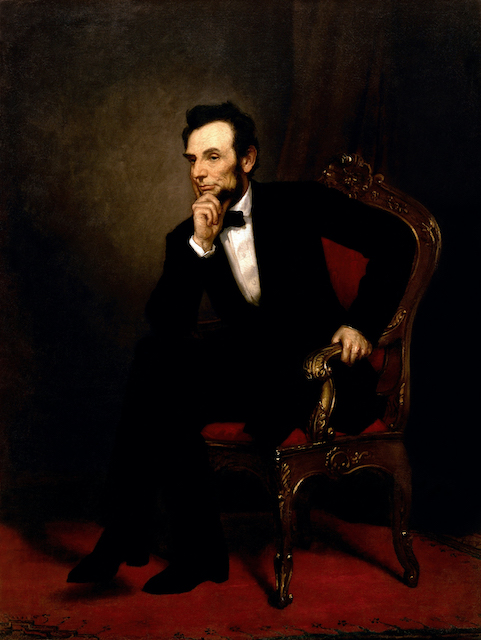
To learn more about the portrait of Lincoln and other presidential presidential portraits by Healy read G.P.A. Healy, the Irish Painter of American Presidents.
Read another excerpt from Lincoln and the Irish: “The Untold Story of How the Irish Helped Abraham Lincoln Save the Union.
Lincoln and the Irish is published by Skyhorse Publishing (February 2018 / 224 pp. / $24.99).
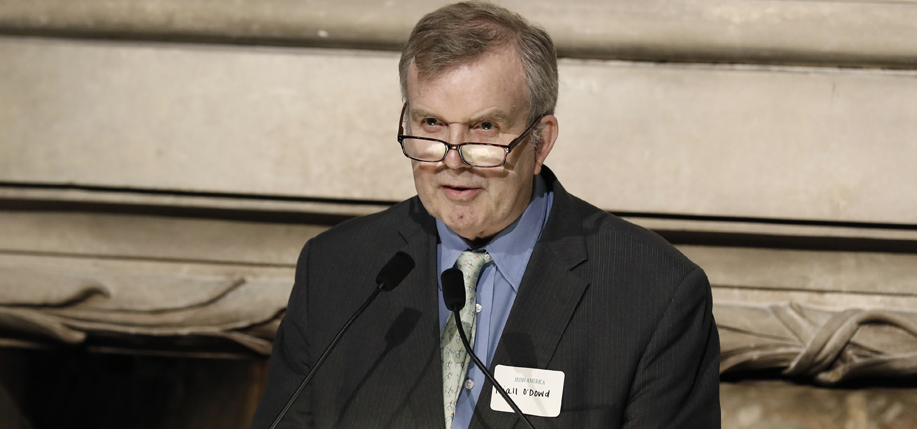 Niall O’Dowd is the co-founder of Irish America magazine as well as the founder of the Irish Voice Newspaper and Irishcentral.com. He was awarded an honorary doctorate by University College Dublin for his work on the Irish peace process which was a subject of a book “Daring Diplomacy” and a PBS Special “An Irish Voice.” He is also an adjunct professor at Columbia University journalism school.
Niall O’Dowd is the co-founder of Irish America magazine as well as the founder of the Irish Voice Newspaper and Irishcentral.com. He was awarded an honorary doctorate by University College Dublin for his work on the Irish peace process which was a subject of a book “Daring Diplomacy” and a PBS Special “An Irish Voice.” He is also an adjunct professor at Columbia University journalism school.
Niall’s most recent book “A New Ireland: How Europe’s Most Conservative Country Became its Most Liberal” was published in March 2020 and is available from Skyhorse Publishing.

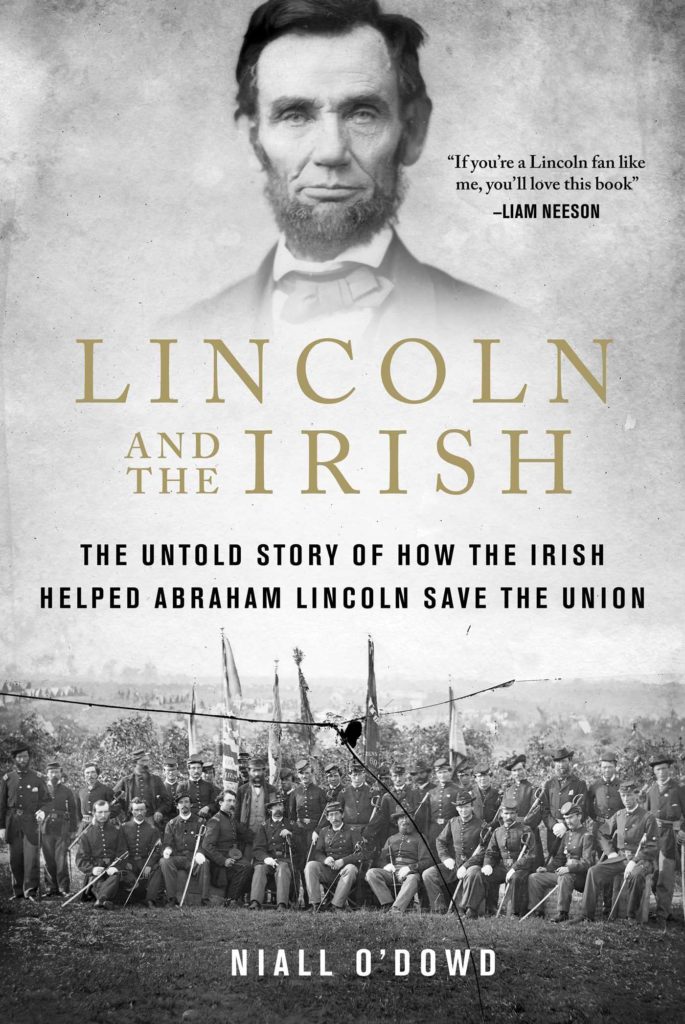
When did Irish indentured servitude end in America?